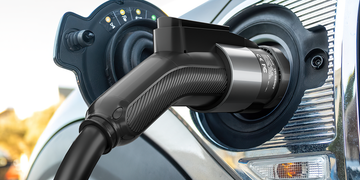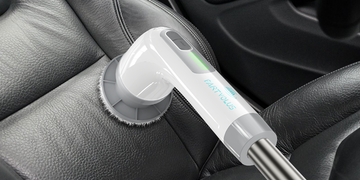What is a Charging Pile? In the era of rapid technological advancements and an increasing emphasis on sustainable living, the term "charging pile" has become a hot topic, especially in the context of electric vehicles (EVs). If you've stumbled upon this article in your Google search, you're likely curious about what exactly a charging pile is and how it fits into the world of electric transportation. Let's embark on a journey to demystify the concept of charging piles.
Defining a Charging Pile
A charging pile, also known as an electric vehicle charging station or charging point, is a dedicated infrastructure designed to supply electric power to recharge electric vehicles. Essentially, it serves as the modern-day equivalent of a gas station but caters specifically to the needs of electric cars, motorcycles, and other EVs.
What is a Charging Pile?
What is a Charging Pile? A charging pile, also commonly referred to as an electric vehicle charging station or charging point, is a specialized piece of infrastructure designed to supply electric energy for recharging electric vehicles. Functioning as the equivalent of a fueling station for traditional vehicles, charging piles play a pivotal role in supporting the widespread adoption of electric mobility.

Key Components of a Charging Pile
Power Supply Unit (PSU): At the heart of every charging pile is the Power Supply Unit. This component connects the charging pile to the electrical grid, ensuring a stable and reliable source of electric power.
Charging Connector and Cable: Think of the charging connector and cable as the bridge between the charging pile and your electric vehicle. Different types of connectors exist globally, such as CHAdeMO, CCS (Combined Charging System), and Type 2, each with its own specifications and compatibility.
Communication and Control System: Charging piles are equipped with sophisticated systems that facilitate communication and control. This technology allows users to initiate and monitor the charging process, ensuring security, user authentication, and efficient charging.
Types of Charging Piles
Charging piles come in various types, each catering to different charging speeds and purposes:
AC Charging Pile: Alternating Current (AC) charging is typically used for slower and medium-speed charging. AC charging piles are prevalent in residential areas, workplaces, and public parking spaces where vehicles are stationary for more extended periods.
DC Fast Charging Pile: Direct Current (DC) fast charging is designed for rapid charging, making it ideal for highway charging stations and areas where quick top-ups are crucial. DC fast charging significantly reduces the time needed to charge an electric vehicle.
Wireless Charging Pile: The cutting-edge technology of wireless charging piles eliminates the need for physical cables. Through electromagnetic induction, electric vehicles can be charged by parking over a wireless charging pad, offering convenience and a sleek, cable-free aesthetic.
Why Charging Piles Matter
Enabling EV Adoption: Charging piles play a pivotal role in encouraging the widespread adoption of electric vehicles by providing the necessary infrastructure for users to charge their EVs conveniently.
Easing Range Anxiety: One of the primary concerns for prospective EV owners is "range anxiety" — the fear of running out of battery power before reaching a charging station. Charging piles strategically placed alleviate this anxiety, ensuring that charging facilities are accessible and readily available.
Promoting Environmental Sustainability: By supporting the use of electric vehicles, charging piles contribute to the reduction of greenhouse gas emissions, fostering a more sustainable and eco-friendly mode of transportation.
What is a Charging Pile? In essence, a charging pile is a fundamental component of the evolving landscape of electric transportation. As technology continues to advance, the development and widespread deployment of efficient, user-friendly charging piles are pivotal in shaping a cleaner, greener, and more sustainable future of mobility. Whether you're a current electric vehicle owner or someone considering the switch, understanding the role of charging piles is key to navigating the electrified road ahead.





